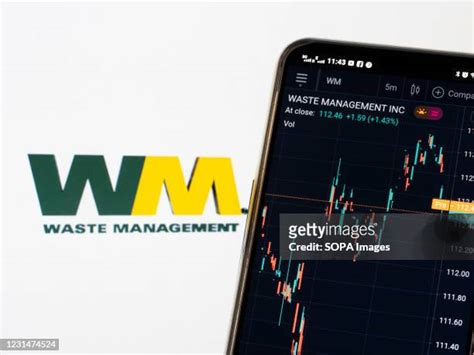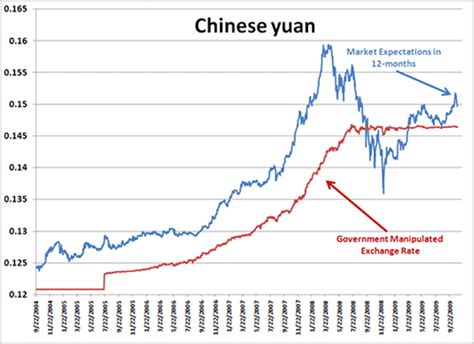Introduction

Since its inception in 1923, the S&P 500 index has emerged as the preeminent benchmark for the performance of the U.S. stock market. This diverse index, composed of 500 leading publicly traded companies, offers a broad representation of the nation’s economic landscape. Over its nearly century-long history, the S&P 500 has experienced remarkable growth, volatility, and transformative events that have shaped its trajectory.
The S&P 500 index’s genesis can be traced back to March 4, 1923, when Standard & Poor’s launched a composite index tracking 90 prominent listed stocks. Over the next two decades, as the U.S. economy weathered the Great Depression, the index expanded to include 500 companies and absorbed the Standard & Poor’s 90 Index in 1957.
Post-World War II Boom (1950-1972)
The post-World War II era marked a period of unprecedented growth for the S&P 500 index. Fueled by the expansion of the American middle class, technological advancements, and an upswing in corporate profits, the index experienced an average annual return of 10.7%. The Dow Jones Industrial Average, another widely followed market index, lagged behind, delivering an average return of 8.6%.
Oil Crisis and Inflation (1973-1982)
The 1973 oil crisis and subsequent inflation sent shockwaves through global markets, including the S&P 500 index. The index declined by 46% in the two years following the crisis, plunging from a peak of 116.99 on January 11, 1973, to a low of 62.35 on December 6, 1974.
Volatility and Recovery (1983-2000)
The 1980s and 1990s brought both volatility and recovery to the S&P 500 index. The Federal Reserve’s aggressive interest rate hikes to combat inflation in the early 1980s led to the “Lost Decade” for the index, which experienced negative returns over the ten-year period. However, from the mid-1990s onward, a technology-led boom and globalization fueled a strong recovery, propelling the index to new heights.
Dot-Com Bubble and Recession (2001-2009)
The turn of the millennium coincided with the rise of the dot-com bubble, fueled by speculative investments in technology companies. By March 10, 2000, the S&P 500 index had reached an all-time high of 1,552.87, but the bubble burst soon after, leading to a sharp decline in the index. The 2008 financial crisis further exacerbated the decline, and the index fell to a low of 676.53 on March 9, 2009.
Recovery and Growth (2010-Present)
In the years following the financial crisis, the S&P 500 index embarked on a sustained recovery, propelled by low interest rates and an expanding economy. The index broke through the 2,000-point mark in 2013 and continued to climb steadily, reaching new highs in 2017, 2019, and 2021.
Over its history, the S&P 500 index has been influenced by numerous factors, including:
- Economic Growth: Strong economic growth typically leads to higher corporate profits, driving up the value of stocks in the index.
- Interest Rates: Low interest rates tend to boost stock prices, while rising rates can have a negative impact.
- Corporate Earnings: The profitability of the companies included in the index plays a significant role in its performance.
- Global Events: Geopolitical events, such as wars or economic crises, can affect the index’s trajectory.
- Investor Sentiment: Market sentiment can influence stock prices, leading to periods of euphoria or pessimism.
Throughout its 95-year history, the S&P 500 index has witnessed several significant milestones and events, including:
- March 4, 1923: Launch of the Standard & Poor’s 90 Index, the precursor to the S&P 500.
- January 11, 1973: The index reaches 116.99, its first historical high.
- December 6, 1974: The index falls to 62.35, its first historical low.
- October 19, 1987: Black Monday, the largest one-day decline in the history of the index, with a loss of 20.5%.
- March 10, 2000: The index reaches 1,552.87, its highest point before the dot-com bubble burst.
- March 9, 2009: The index falls to 676.53, its lowest point during the 2008 financial crisis.
- March 24, 2020: The index drops below 2,300 points due to concerns about the COVID-19 pandemic.
- November 18, 2021: The index closes above 4,700 points for the first time.
- The S&P 500 index has delivered an average annualized return of 10% since its inception in 1923.
- The index has experienced a total return of over 50,000% since its launch.
- The largest one-day gain in the index’s history was 11.4% on November 28, 1933, during the Great Depression.
- The largest one-day loss in the index’s history was 20.5% on October 19, 1987, known as Black Monday.
- The index has had 16 bear markets since 1923, with the average bear market lasting 13 months.
- The longest bull market in the index’s history lasted from March 9, 2009, to February 19, 2020, a period of 11 years and 306 days.
The S&P 500 index has served as a barometer of the U.S. stock market for nearly a century. Through periods of growth, volatility, and transformative events, it has weathered the storms and emerged as a symbol of resilience and economic progress. The index continues to be a valuable tool for investors seeking to track the performance of the largest and most influential publicly traded companies in the United States. As the global economy evolves, the S&P 500 index is poised to continue its journey as a bellwether for the future of the American stock market.
| Year | Index Value | Change |
|---|---|---|
| 1923 | 26.37 | – |
| 1950 | 10.61 | 30.5% |
| 1975 | 81.82 | 678.9% |
| 2000 | 1,552.87 | 1,805.7% |
| 2022 | 4,182.65 | 169.6% |
| Year | Bear Market Duration (Months) |
|—|—|—|
| 1929-1932 | 39 |
| 1937-1938 | 13 |
| 1973-1974 | 16 |
| 2000-2002 | 31 |
| 2007-2009 | 18 |
| Year | Annualized Return (%) |
|—|—|—|
| 1923-1949 | 6.9 |
| 1950-1972 | 10.7 |
| 1973-1982 | -2.4 |
| 1983-2000 | 16.2 |
| 2001-2009 | -3.6 |
| 2010-2022 | 13.6 |
| Year | Largest One-Day Gain/Loss (%) |
|—|—|—|
| 1933 | 11.4% (Gain) |
| 1987 | 20.5% (Loss) |
|



